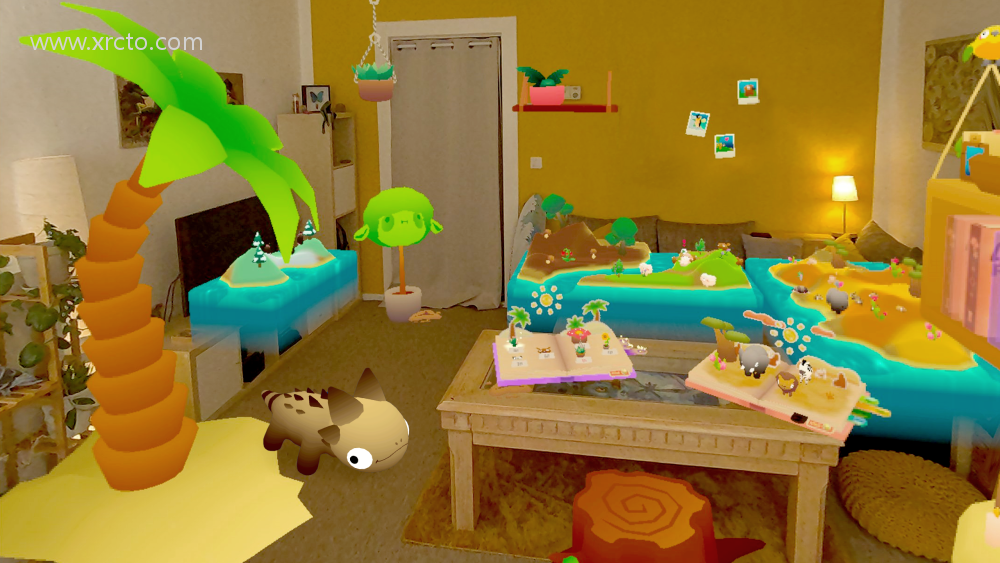Even without the developer update, almost all VR games run at a higher resolution on Quest 3.
在几乎所有VR应用程序使用的Unity和Unreal引擎中,Quest的开发人员不使用像素值来设置渲染分辨率,而是使用相对于默认值的倍数进行设置,例如1.0x、1.4x或0.9x。另外,他们还可以使用Meta的动态分辨率缩放系统来设置最小或最大缩放比例,并让系统根据当前GPU负荷实时调整分辨率。
A few developers of other engines or their own engines can also use multipliers to specify resolution, but this is very rare.
On Quest 2, the default value (i.e. the one provided by 1.0x) was 1440 x 1584 per eye. but on Quest 3, thanks to the more powerful GPU, this value was increased by about 30% to 1680 x 1760 per eye. this means that virtually all games will be sharper and brighter by default, and developers won't need to make an update.
Developers can certainly further improve rendering resolution, increase texture resolution, add new effects, improve lighting and add dynamic shadows with the release of the Quest 3 graphics upgrade patch. You can see a side-by-side comparison of some of the first announced Quest 3 upgrade patches here:
In addition to rendering, the flat lenses used on the Quest 3 make everything look better.Meta says they offer 251 TP3T of improved clarity in the center and 501 TP3T of improvement at the edges, and the eyeballs are much larger, which means you won't see much blurring when the lenses aren't perfectly aligned with your eyes.
We'll be bringing you a hands-on look at the Quest 3 later today, and you can find the full spec sheet here.





